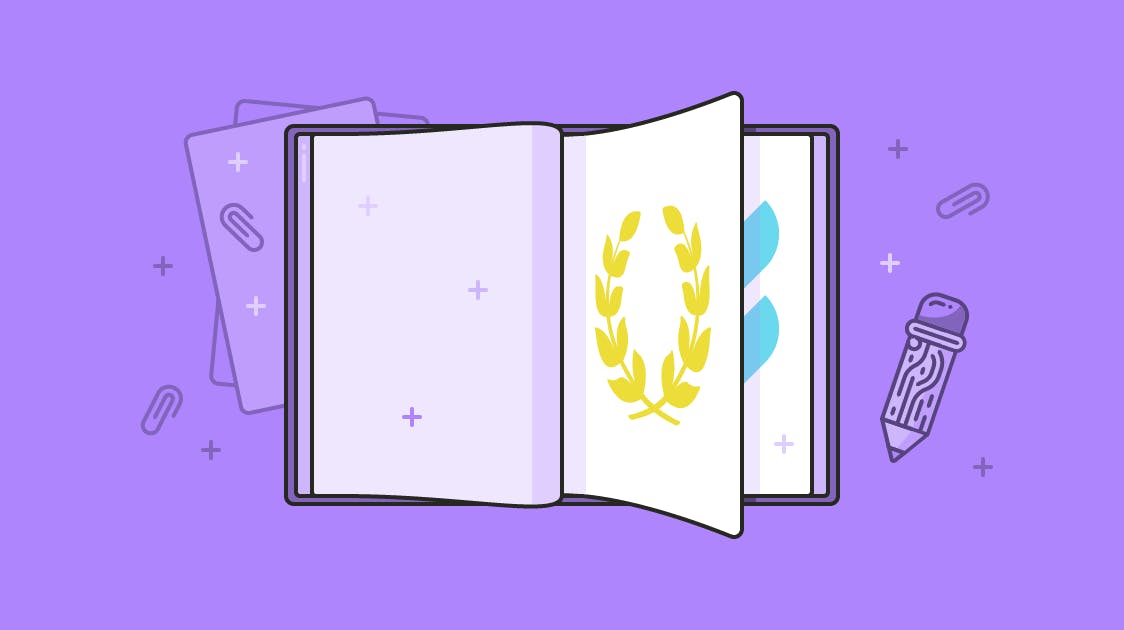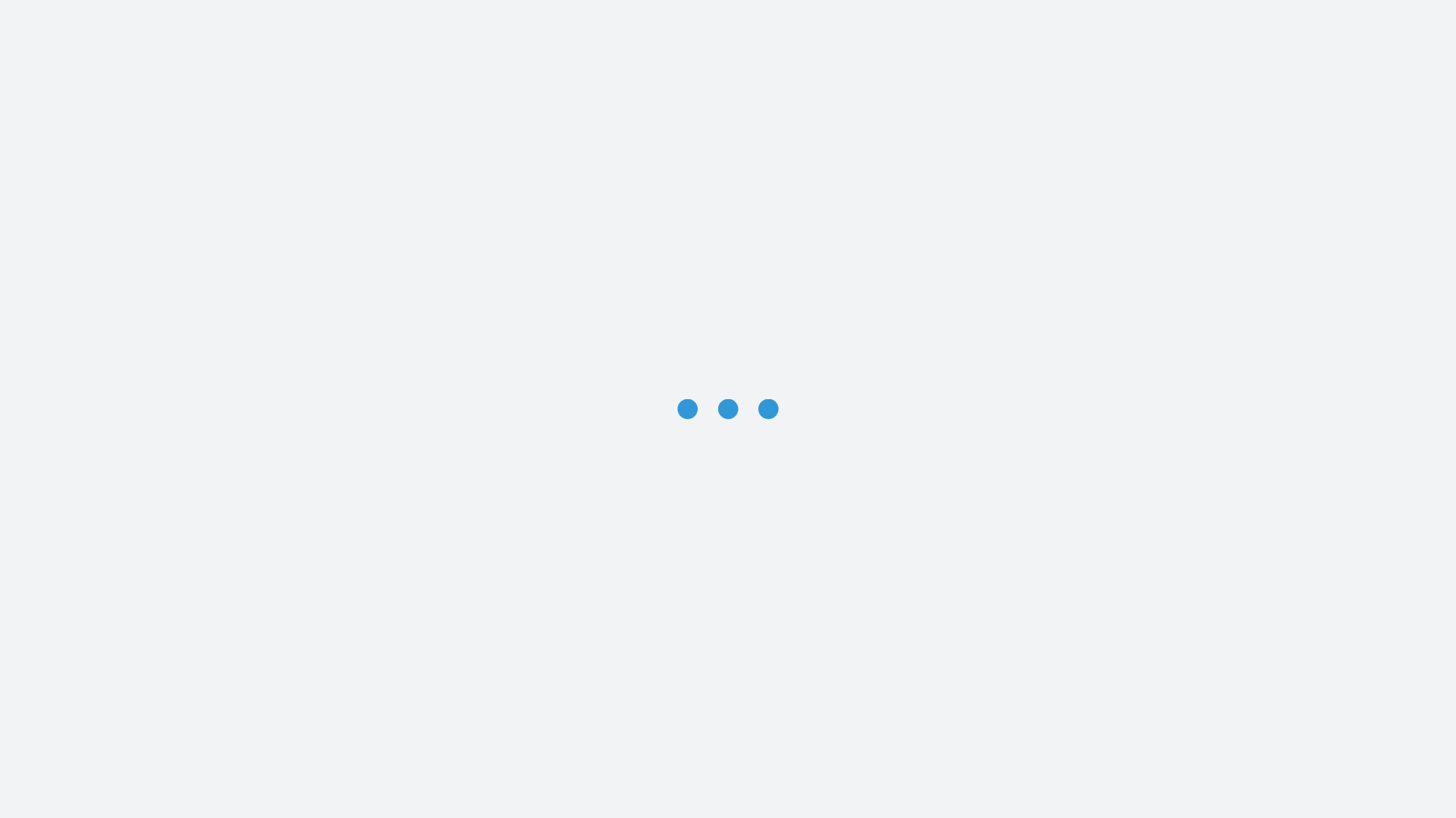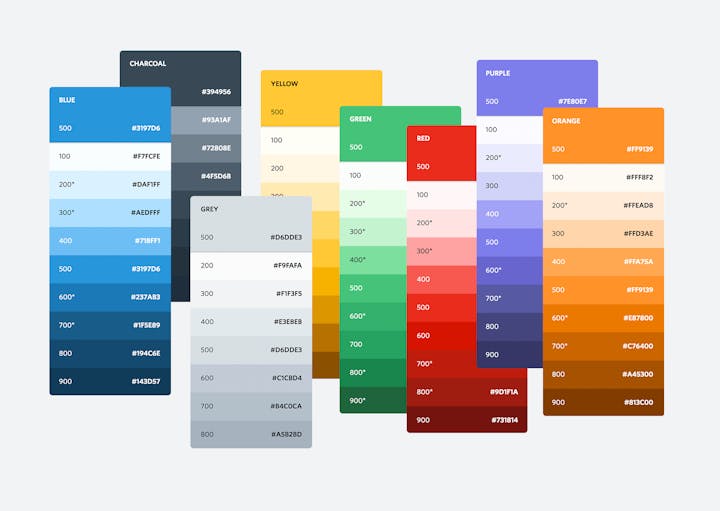The Evolution of the Help Scout Brand


There are only a few things to obsess over in the earliest days of starting a company.
Building a product that solves a problem for your customers is the obvious first step. Next on the list — and arguably as difficult as naming your own child — you've got to decide what to call this rocketship you’re building. With whatever time that remains, craft a brand that resonates not only with who you are as a team, but also with your target customer.
In the early days of Help Scout, we didn’t have time for exploratory whiteboard sessions or deep dive creative exercises to brainstorm what our logo would be. It was simply about finding inspiration from other brands we respected and creating something that represented our product and values. Mascots, medals, traditional scout colors — we checked nearly every scout-themed item off the list with our first visual representation of the brand:



Our first sign-up page!
After only a few months, it became clear that such a literal translation of our values didn’t fully represent our brand personality. What the scout stood for — helpfulness, excellence, service — reflected our values, but we needed a logo that didn’t have so many attributes of its own.
We needed room for our personality traits, while the logo carried the torch of our core values. So we went with a more subtle approach that still hearkened to scouting: a medal. This became the focus for our logo for the first two years of the company.

Detailed logos like these are certainly commendable (can't you just feel the ribbon?!), but we quickly learned that there was an important functional consideration as well: Is our logo flexible, too?
A logo should scale seamlessly without losing an ounce of quality, not to mention be equally effective in one color — basic principles we failed at miserably with our early logos. Larger sizes were blurred and smaller sizes looked sloppy. Need a different size? Ping Jared so he can create a new one from scratch. Ugh. It was a pixel lover's nightmare! And good luck with that whole one color thing.

But the "fix," we decided, wasn't to go back to the drawing board. We had a mark that didn’t scale, but it did represent our values and product — that much hadn’t changed. In fact, our brand and values had grown much stronger over the previous two years, so our company embodied the meaning of our logo more than ever. Surely there was a way to evolve the mark without a dramatic departure from the medal...
That's when the laurel wreath in our current logo came to life:

The laurel was visually recognizable while living up to more modern, simplified design principles, it represented our company values, and had less "personality," which allowed the Help Scout brand to stand out more. It was a perfect fit.
Try the customer support platform your team and customers will love
Teams using Help Scout are set up in minutes, twice as productive, and save up to 80% in annual support costs. Start a free trial to see what it can do for you.
Try for free
The mark of a new logo
When we launched, Help Scout didn’t mean anything to anybody, so fidelity in the logo made sense. Abstraction on an unknown entity leads to…well, nothing! Fast forward to late 2015, and we realized several important things that caused us to stop resting on our laurels (come on, you knew that was coming!) and think about a new iteration of our logo:
Laurels are generic. Help Scout isn't.
Laurels are a universal symbol throughout society with a universal meaning. A logo should stand on its own and be unique to the company it represents and still be easy to interpret. Continuing with the laurel would be too generic and rob our brand of a customized image that scales beautifully anywhere, with or without the company name next to it.

It isn't future-proof
As a form, the logo is still complex. The mark consists of insignificant details and the condensed block type isn’t friendly or approachable. Ideally, a mark should be simple enough to sketch quickly from memory. And it doesn't have to be literal; some of the greatest marks out there are only a hint or a clue to what they represent, yet they’re still immediately recognizable.

Evolution by design
We decided that there was enough evidence to support exploring an update. But everything visual is subjective, so to do it right, we needed to establish an objective process. It started with a few key questions:
1. Can we make the laurel unique?
Is it possible to update the laurel so it is more unique to Help Scout? If so, does it portray the same feeling, emotion and values? Can it stand alone?

After collecting our favorites, there was one direction that stood out over the others. On one hand this new laurel was simple, strong, and based in organic shapes ... all of which we liked. But it also felt more "floral" than "laurel" ... which we didn't. Help Scout isn't an agriculture company after all. Ultimately we decided this direction didn't have enough promise to stop our search.
2. What makes sense as an alternative direction?
Is there potential for a more abstract approach, separate from the laurel, that maintains our values (helpfulness, ownership and excellence) and feels on brand?

After coming up for air, there was one mark in particular that had us intrigued. Certainly simple, our favorite was comprised of only 3 lines, which connected beautifully with Help Scout's 3 values and 3 products. It was engaging, had movement and even hinted abstractly to the "H" and "S" letters in our name. This one felt really promising.
3. Don't make typography an after-thought.
To state the obvious, "Help Scout" is two words — can we be just as thoughtful about type as we are with the mark to ensure a cohesive, balanced and friendly logo?

Quiroh stood out as a functional but distinct typeface with its taller ascenders and descenders. But it's expressive and cushioned finish felt like just the right amount of character we were looking for, especially when paired with the new mark.

After literally hundreds of explorations we presented our progress at our company retreat in early 2016 to get face-to-face feedback from the entire team. They all agreed that the new logo says “Help Scout” without hitting anyone over the head. It speaks to how we’ve grown and where we are as a company.
It’s us.
With the overall positive response, we had the confidence to further refine this direction and move towards a final logo.





Final one-color logo
Branding every touchpoint
With the new logo design complete, we partnered with our friends at FocusLab to bring the brand to life in the product with custom animations.


Finishing touches
Updating your logo is a big step one, but it certainly doesn't complete the brand. When you take a look at your product — the fonts, color palettes, assets, patterns, animations — all if it needs to be considered. For us, it was about translating the friendly and approvable feeling of the new logo into all elements of the product. From a new family of icons to a fresh pallet of colors, our logo may have been complete, but the brand work had just begun.





Scouting new territory
If there’s anything we’ve learned over the last five years, it’s that a brand can’t be static; it is a living, breathing thing that is ever-evolving. The way we carry out our mission — and how we present ourselves — has to evolve as the market, the industry, and our customers’ needs change. The goal isn’t to constantly be looking for opportunities to change, but rather to build a system of constraints that offers the freedom and flexibility to mature while still representing your culture, your product and your team.
Growth is inevitable. Evolution is a choice.
Looking back, our logo is a visual representation of more than who we are now, but of each stage of our growth over the past five years. It changed as we evolved, but every iteration stayed true to our mission, creating a consistency to our transformation. The Help Scout brand has evolved, but what we stand for — helpfulness, excellence, service — have remained constant.
The Supportive Weekly: A newsletter for people who want to deliver exceptional customer service.